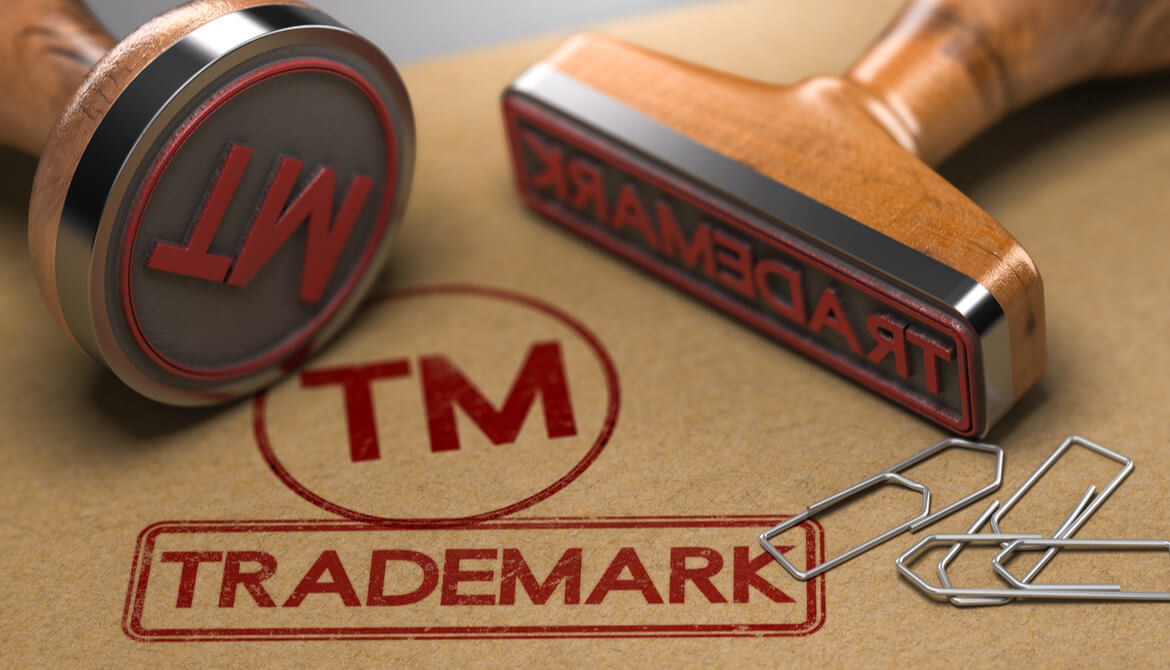3 minutes
Credit unions can enhance and protect their current assets by examining their intellectual property portfolios.
We spend a lot of time helping credit unions acquire new assets, including new businesses. In addition, we help them protect and enhance the assets they have. A way that CUs can protect and enhance their current assets is to examine their intellectual property portfolios—in particular, their trademarks. The value and relevancy of your brands is critical, and the right time to think about it is now. A trademark audit is an important part of an analysis.
Such an audit has several key components.
First, we recommend doing a review of whether important brands, such as your name or marks identifying your key products or service offerings or newly acquired brands such as the name of a recently acquired credit union or bank. All of these can be protected through registration. Many institutions believe that long-time use shields them from infringement, however, this may not be the case. Common law rights are limited to the geographic area in which you have market penetration. Federal trademark registration, on the other hand, confers significant benefits:
- prima facie evidence of nationwide, exclusive ownership of the mark, and of your exclusive right to use it in connection with the goods or services identified in the registration;
- constructive notice to the rest of the businesses and individuals in the United States of your claim of ownership; even if third parties are not actually aware of the existence of your trademark, they are deemed to know about it as a matter of U.S. law;
- increased value of the asset, in the event the owner wished to license third parties to use the mark, or if the owner wished to sell the trademark registration; and
- the ability to better protect an internet domain name.
It is also important to review the chain of title of acquired assets to ensure that it properly flows to the correct owner. For example, if you recently acquired a new credit union or bank, you want to ensure that an assignment is recorded at the U.S. Patent and Trademark Office.
Another component of a proper audit is a review of your institution’s use of its portfolio of brands to ensure consistent and proper use and marking. Inconsistent use of your trademarks, descriptive use of your trademarks, or licenses to third parties without proper controls in place all jeopardize your valuable rights, including your ability to stop others from using marks that are so similar to yours that consumers will be confused as to who they are dealing with. Many smart trademark owners implement trademark usage guidelines for use by the business and marketing teams to ensure consistent and proper usage.
Finally, you may wish to consider a trademark watch service and other processes for monitoring third-party infringement of your institution’s rights. A proactive enforcement program may prevent third-party infringement or other uses that dilute your trademark. Early enforcement likely results in long-term cost savings.
While financial institutions are accustomed to various types of audits, many don’t address these types of trademark issues until a problem arises. Intellectual property is very valuable, as it represents the goodwill that you have created in your business. We encourage you to do an assessment and an audit of your organization’s trademarks.
Michael M. Bell is co-leader of the Financial Institutions Practice Group at Honigman LLP, Kalamazoo, Michigan.





